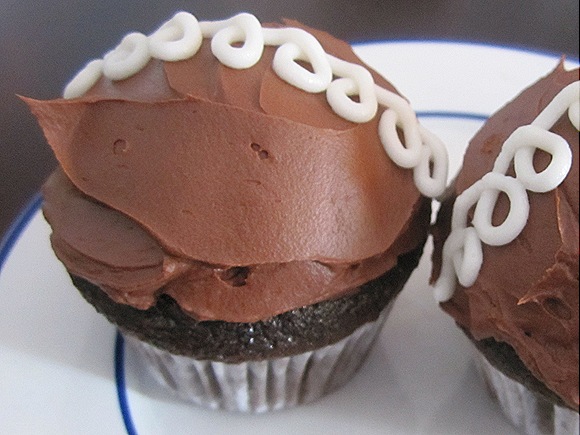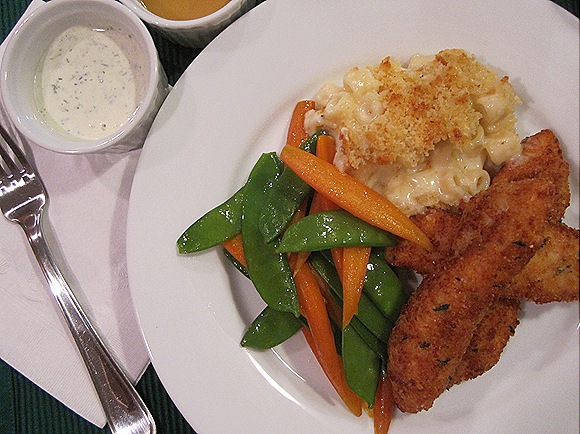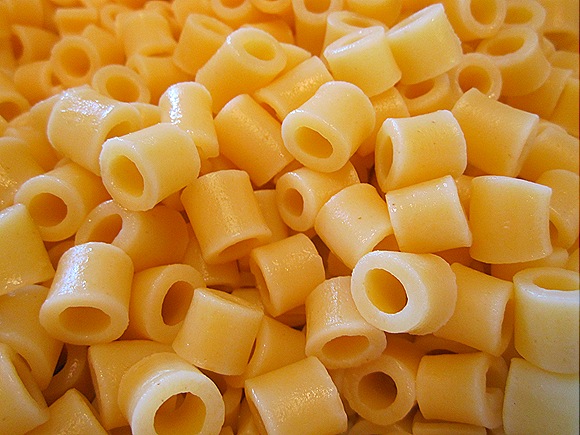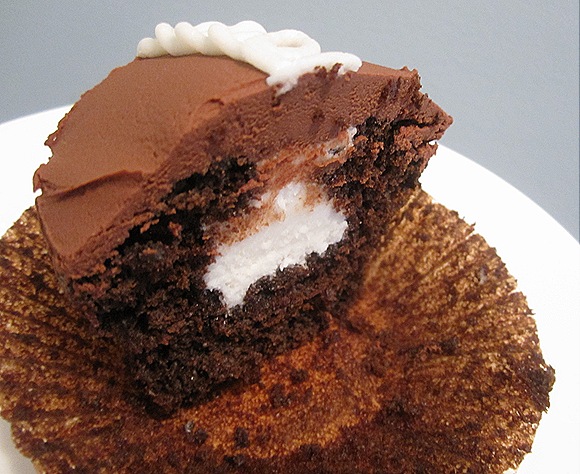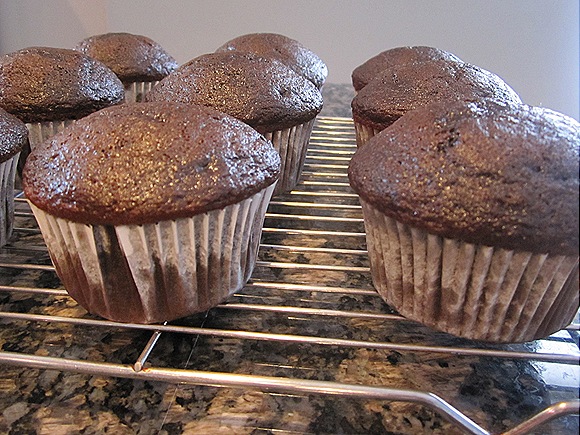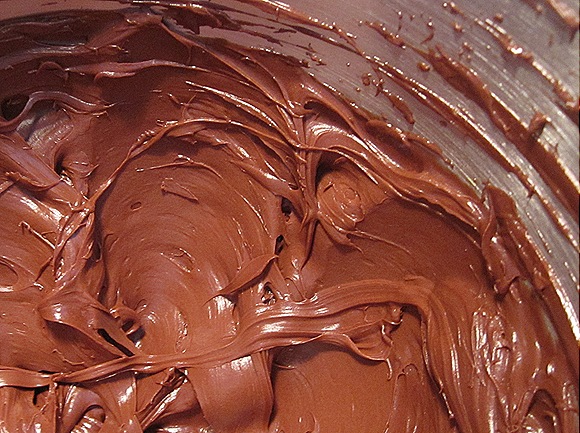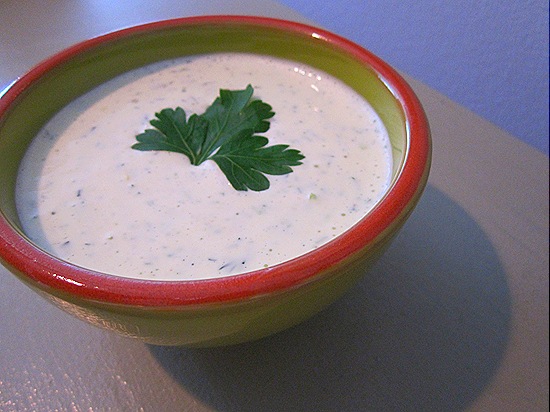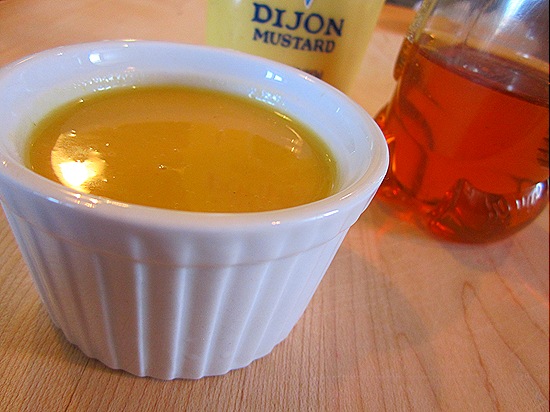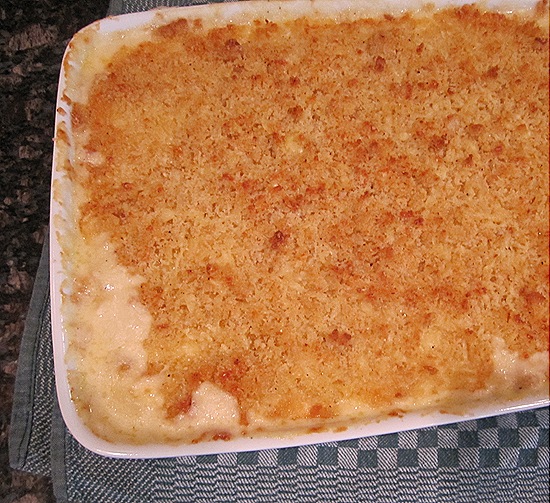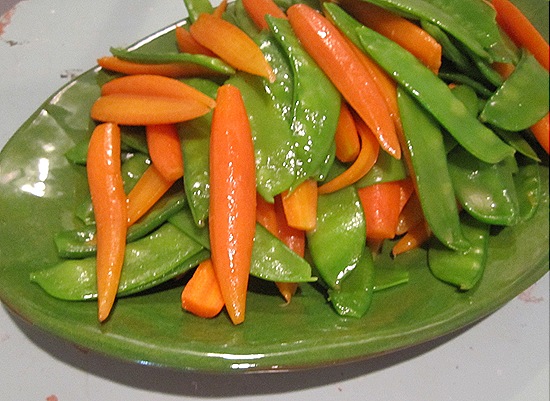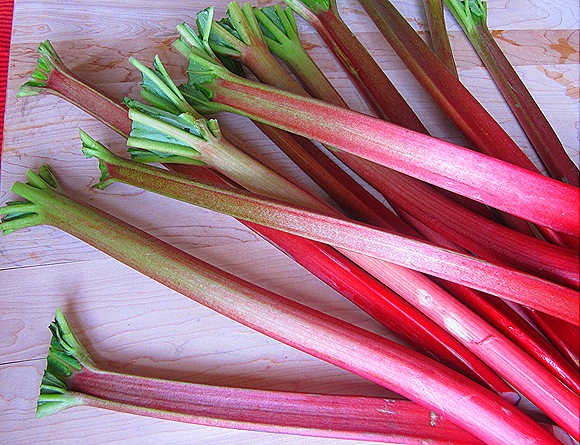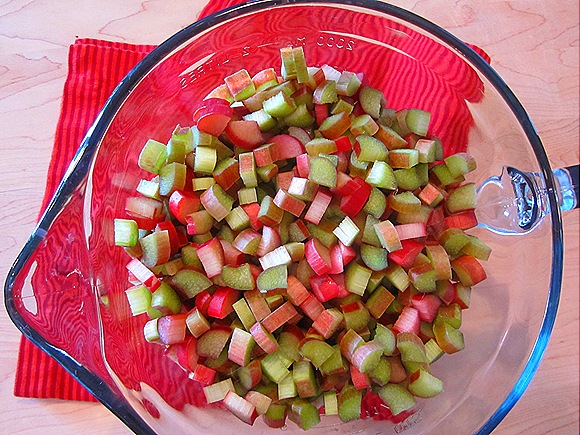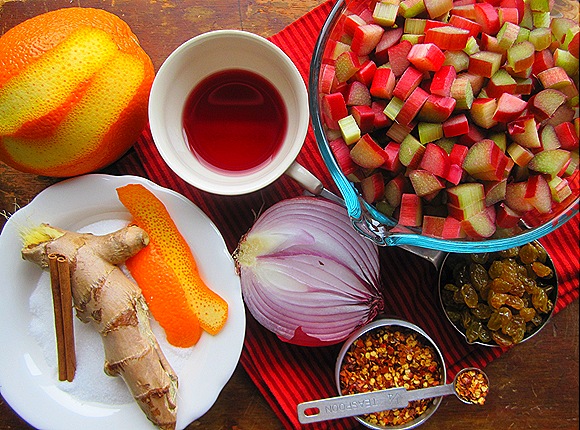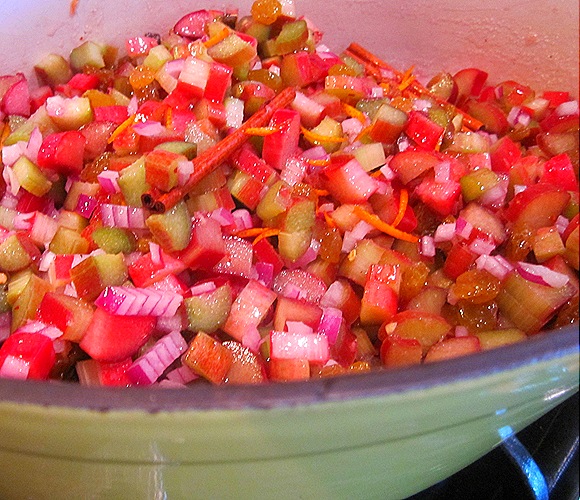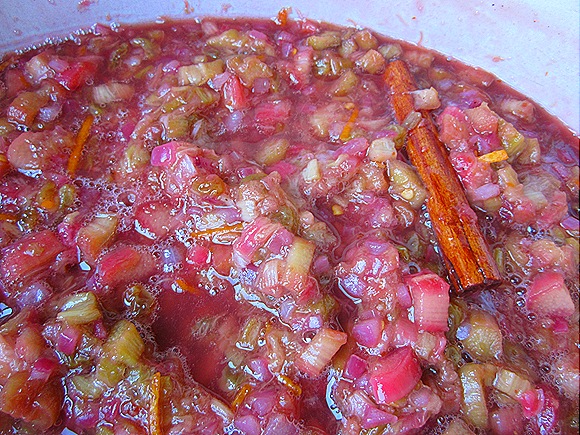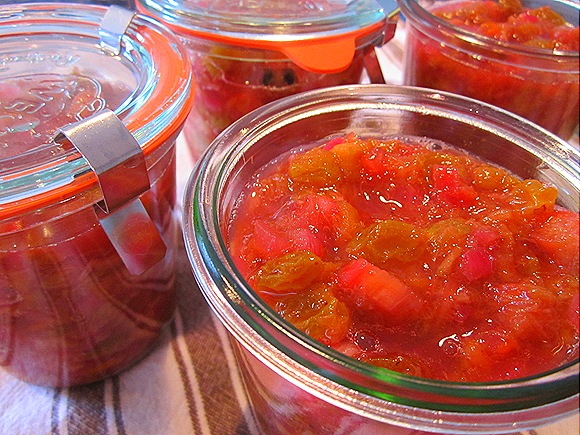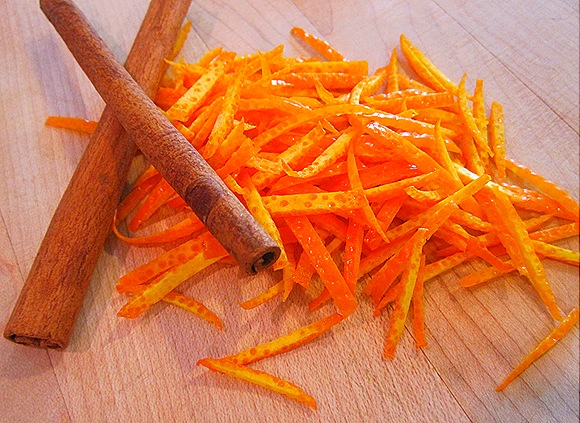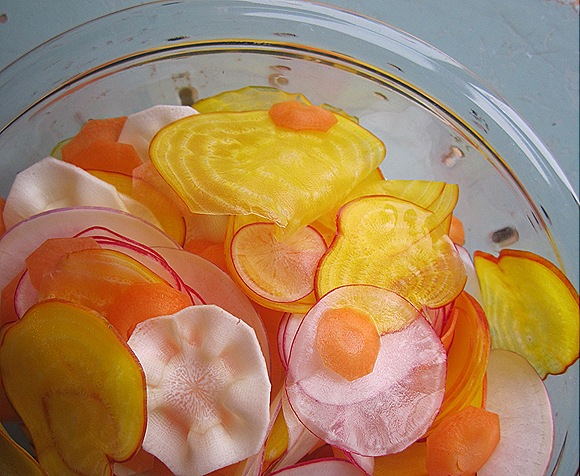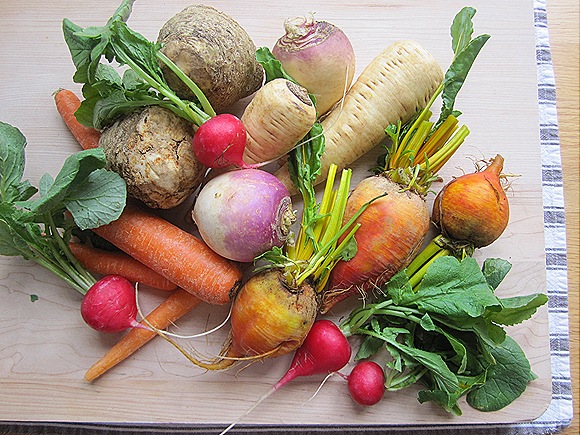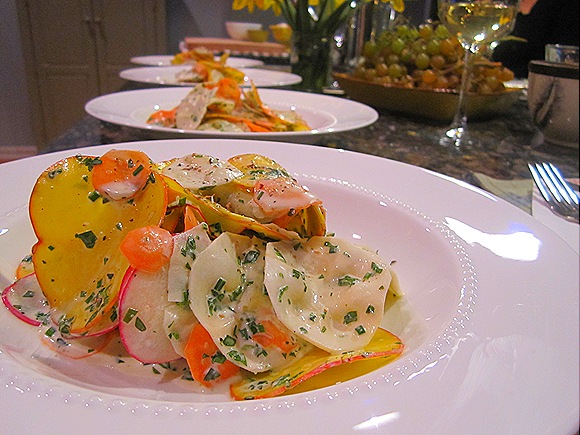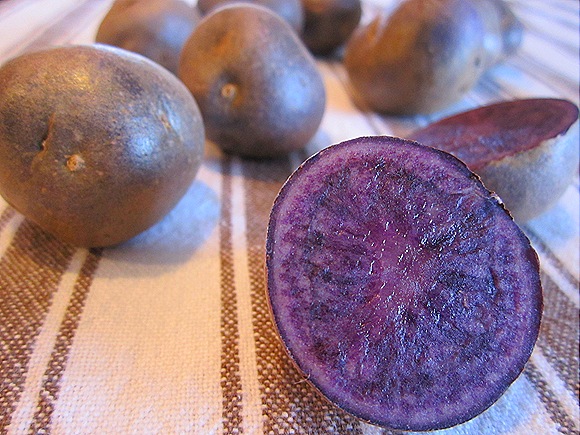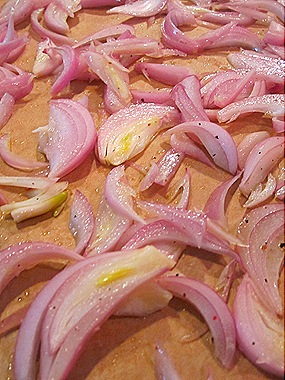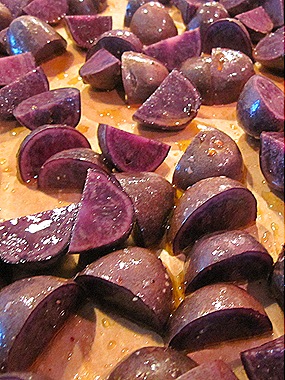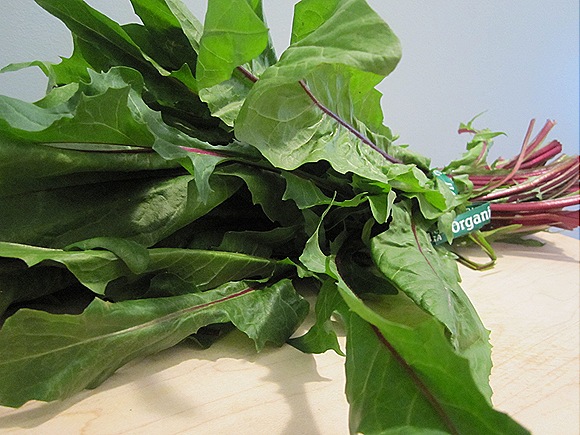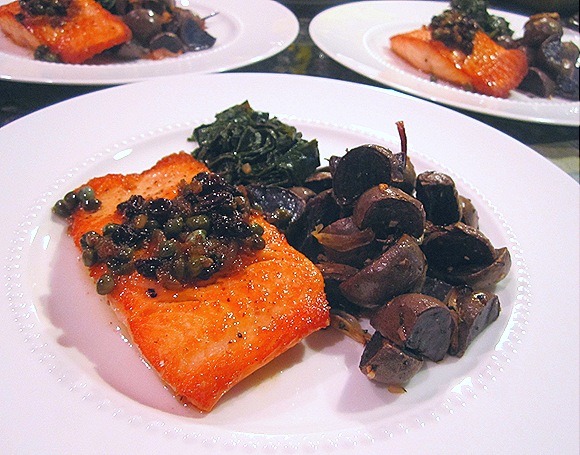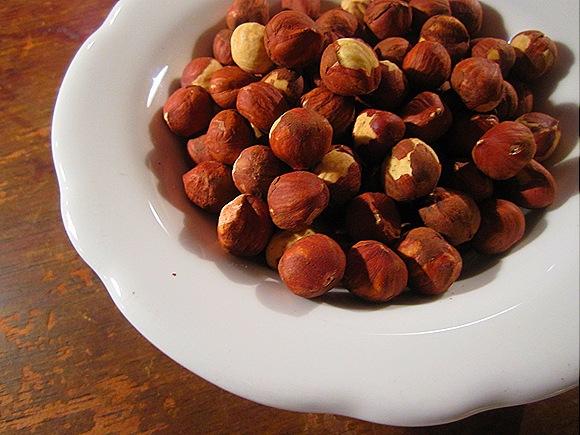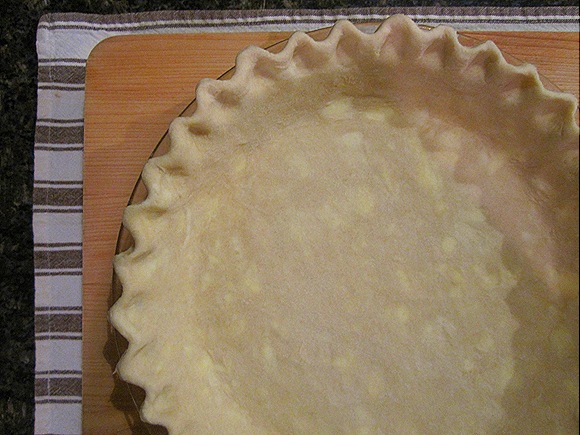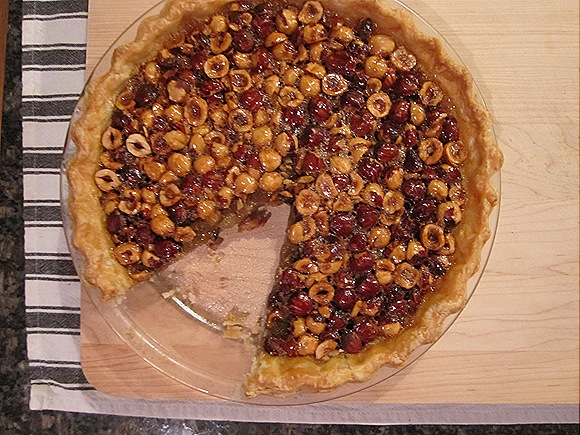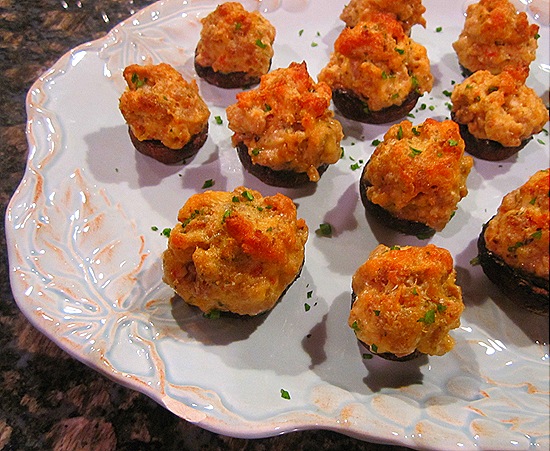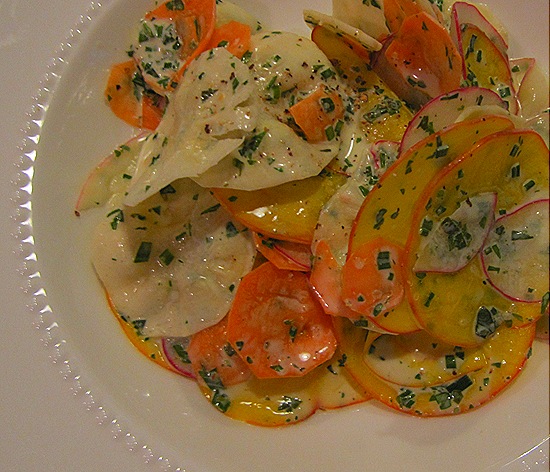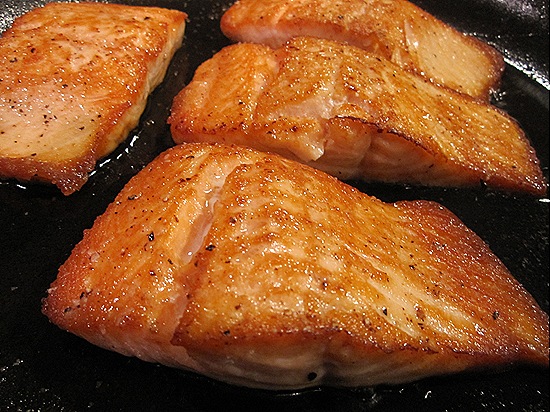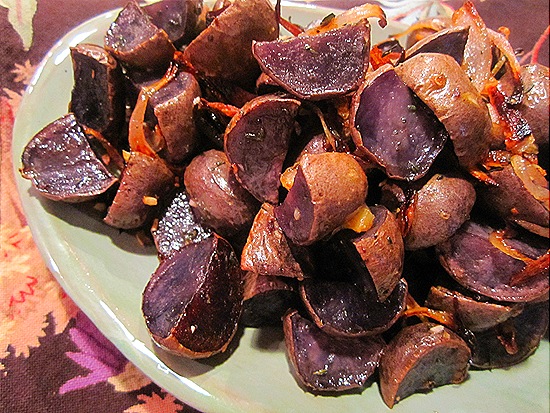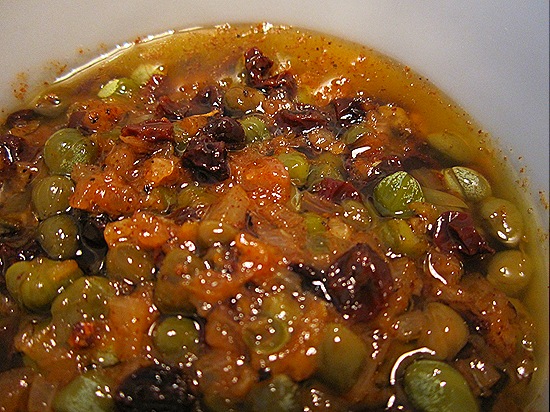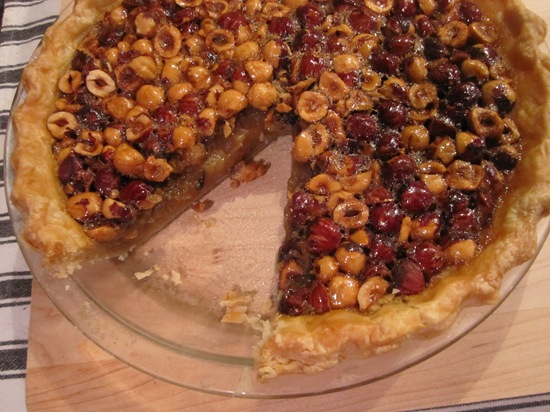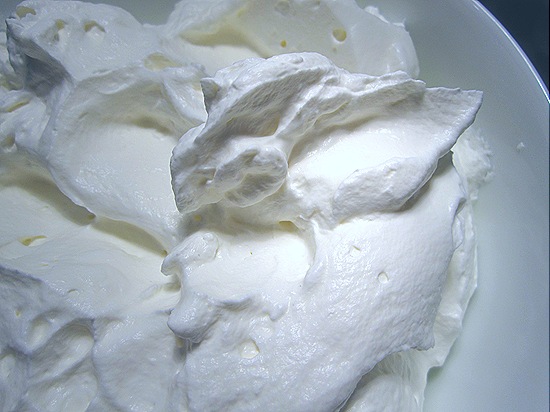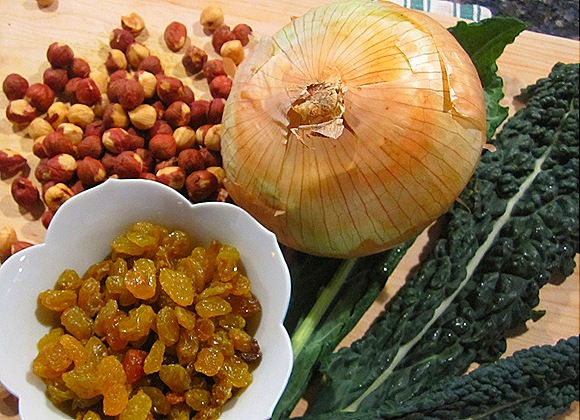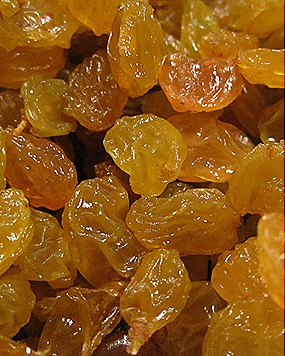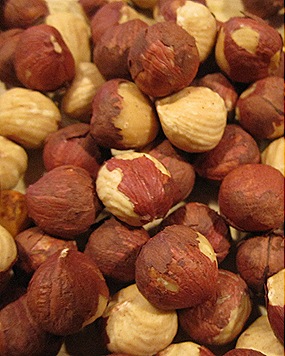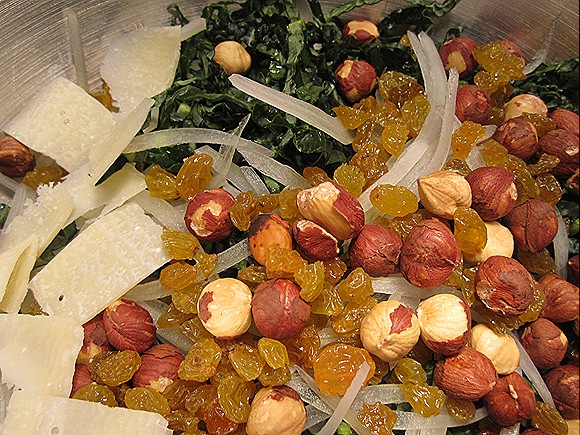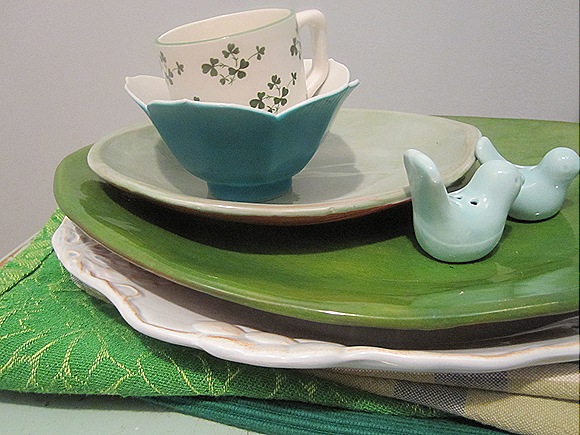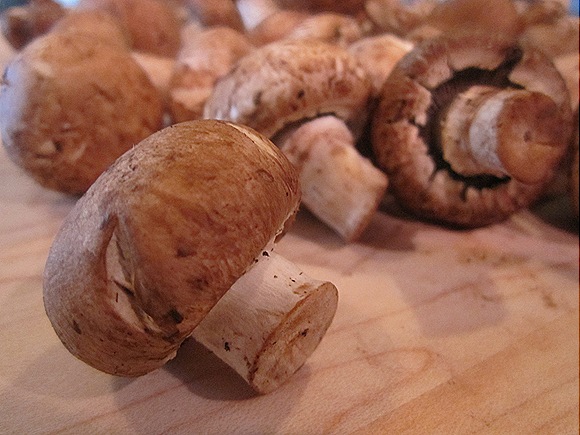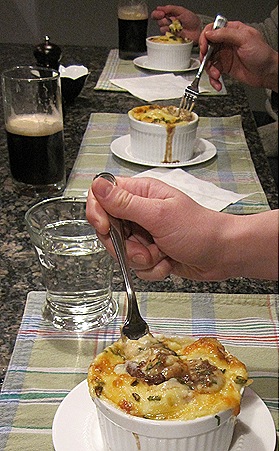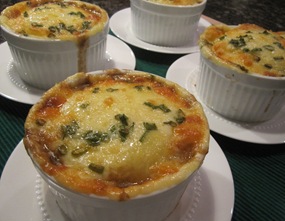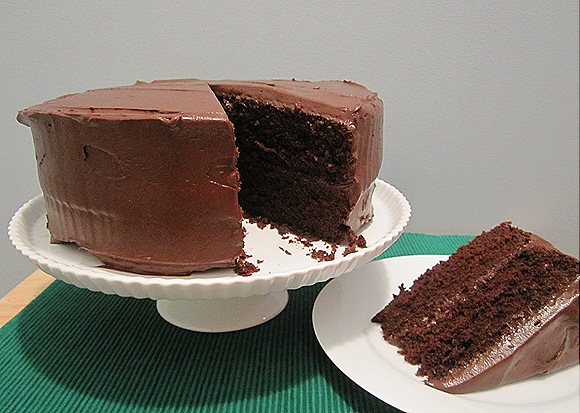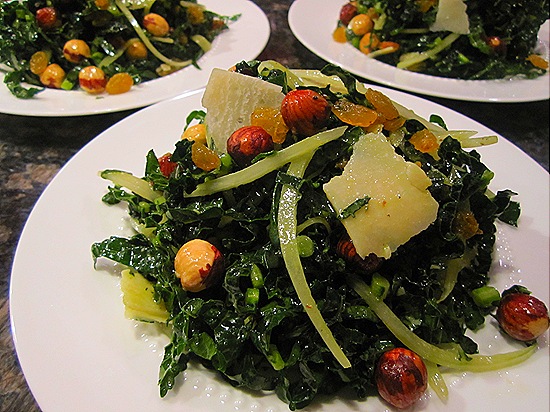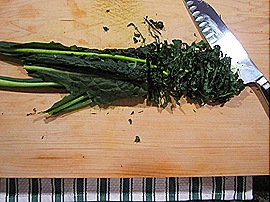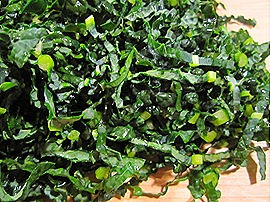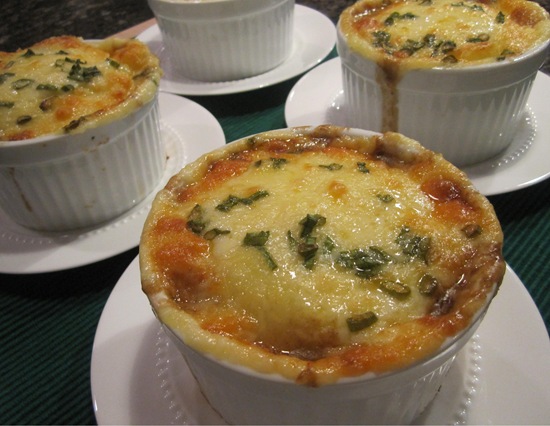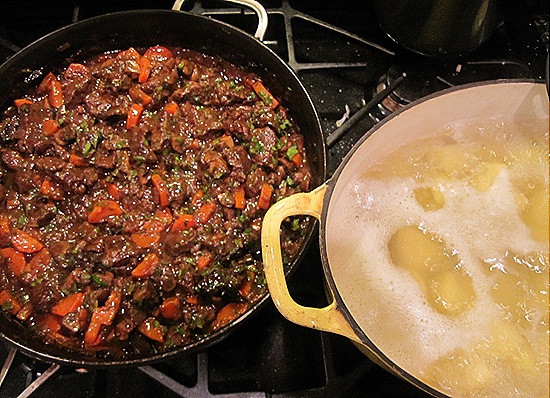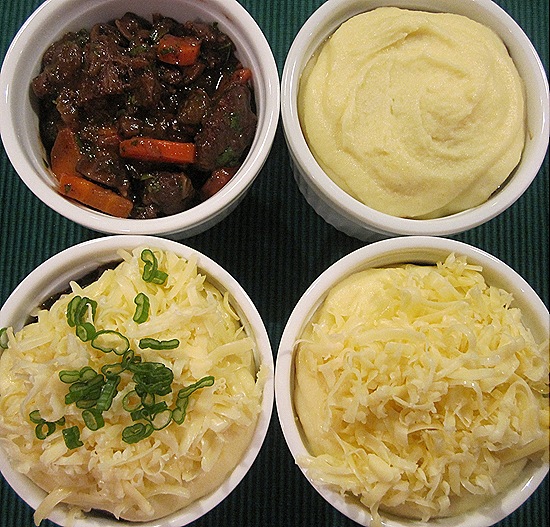My Aunt Jenny and Uncle Von are in town this week with their three awesome kids, Nate, Alaina and Torrie. It’s spring break from school, so they’re here on vacation – seeing the Chicago sights and getting in a little bit of Ben and Kate time too. I have to say, we’d take these guys any day, because they’ve brought along some seriously sensational weather! But even without their gifts of sun and seventy degree breezes, we’d be thrilled to have Aunt Jen and her crew over just about any time at all, because all five of them are sensationally fun. And also, I always love a good excuse to make kid food!
| Chicken Fingers with a Whole Slew of Dipping Sauces Macaroni & Cheese Peas & Carrots ‘Hostess’ Cupcakes |
Now, I’m pretty well versed in the field of kid cuisine. My initial education came first hand. Growing up, I was downright picky. My sister Molly readily ate every kind of vegetable under the sun. And what’s more, she loved them. But in my mind, this was rare talent, one I could hardly fathom possessing myself. I loved things like pizza, mac & cheese and ham sandwiches, chicken fingers, grilled cheese and PB&J’s. Little else fit within my comfort zone. Somewhere along the way I became more courageous, and today, aside from green peppers, I’ll definitely try and probably like just about anything out there. But I still recall my safe zone foods with a nostalgic fondness. And to be honest, they’re most of the time still my favorites.
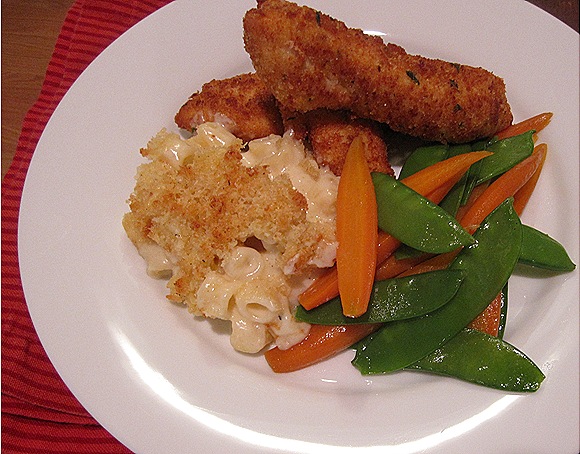
I learned a valuable kid food lesson while cooking in restaurants: The simpler the better. When kids want pasta, they mean noodles and butter. Not noodles and butter and salt and pepper – They’ll see the pepper specks, and the dish will get sent back to the kitchen. And don’t even think about adding a pretty green sprinkle of parsley. Your parsley garnished noodles will share the same sad fate as the pepper-flecked ones. So, when I cook for my kid friends, I follow two rules of thumb: One, stick within my childhood safe zone, which luckily seems to be pretty universal. And two, nothing fancy-schmancy. It always makes for full and happy children. And full and happy grown-ups too.
Chicken fingers will always be a great bet for kids. The ones I made for my cousins this week were not your average nugget. Thick and juicy slices of chicken breast, rolled in a crispy crust of herbed breadcrumbs and parmesan, pan-fried to golden brown. Finger lickin’ perfection. But really, no one actually cares about the fingers themselves – all kids are really in it for is the dipping sauces! So I provided a whole slew of dunkables too – homemade ranch dressing and honey mustard sauce, buffalo sauce, honey, ketchup and Sriracha. My cousin Nate, gotta’ love him, went with one of each. A man after my own heart!
The only food more loved by kids than chicken fingers, has got to be mac & cheese. I could go on for days about how much I love the stuff. But there’s no need really – I’m sure all of you feel the exact same way. Really though, nothing beats cheesy, oozy mac & cheese!
My ‘perfect’ mac & cheese recipe is something I’ve been working on since high school. It’s evolved slowly through the years, with numerous changes in both ingredients and method. I’ve experimented with countless cheeses, tried a myriad of toppings, and have by now lost track of the total number of attempted tinkerings. What we have below is a mac & cheese recipe which Ben and I both agree, is so completely delicious, it needs no further tinkering. It’s simply reached the zenith of its evolution. Please, try it and enjoy!
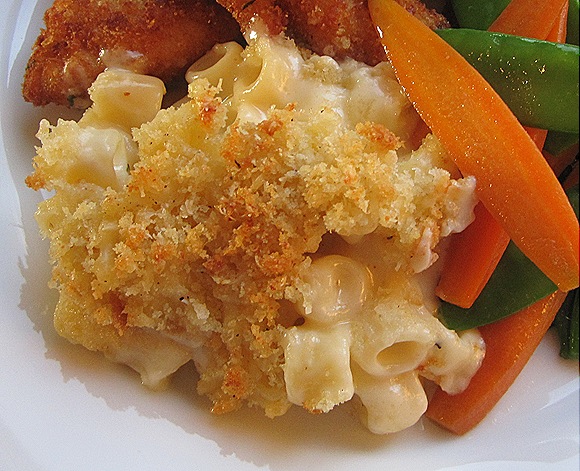
Vegetables, the necessary evil. I tried my best to make them as enticing as possible, and I’m pretty sure I succeeded. With sweet young carrots and even sweeter snow peas, I was off to a good start. The carrots I cooked slowly, in a light glaze of butter and honey – a little touch of sugar to help charm the kids. But the snow peas needed little to heighten their inherent candy-like qualities. Folded together, the tender carrots and snappy peas made a very kid-friendly vegetable option, as tempting a dish as vegetables could ever hope to be. My cool little cousins undoubtedly agreed – all three of them ate their plates clean.
And for dessert, chocolate cupcakes. But not just any chocolate cupcakes. Hostess-style chocolate cupcakes! With the white, creamy filling, the smooth chocolate icing and the squiggle on top. I’ve always had a weakness for Hostess, from HoHos to Twinkies, Snowballs to DingDongs. Don’t even get me started on the Fruit Pies. I’m not proud of it, really. But at the same time, I’m not ashamed of it either.
So, what’s even better than Hostess cupcakes? Homemade Hostess cupcakes! With the quick help of a pastry bag, the creamy filling and squiggle topping are as easy to do as anything. The hardest part I think is the plain old chocolate cupcake itself.
As you may recall, I had a bit of a chocolate cake failure a few weeks ago. But the good thing about a failure (especially a blogged failure) is that it gives you a push to find something better. So, I’ve spent the last few weeks experimenting with chocolate cake, and sampling every last one of these experiments. (Luckily for me and my favorite pair of jeans, I have Ben, and our neighbors too, to help me with the sampling part.)
After my first few attempts fell short of chocolate cake perfection, I did what I should have done in the first place – I called Ralph and Bill. I knew that Bill, pastry chef extraordinaire, was bound to have a fabulous chocolate cake recipe. And I was right. Ralph dictated it over the phone for me, from the pages of Chocolate Obsession, their favorite chocolate cookbook. I remember this book from the last time I visited, and loved it even then. After trying out this recipe, I wonder why it’s taken me so long to buy a copy of my own. These cupcakes were incredible. The best I’d tried yet. With just a touch more cocoa powder and a pinch more salt, a change I experimented with in my final attempt, I do think they may in fact be perfect.
As for the perfect frosting to go with these perfect cupcakes - I had this up my sleeve all along. Chocolate ganache with a spike of espresso. There’s something about coffee that just works magic on chocolate, bringing out even more chocolate flavor than was in it before. Adding just a bit of espresso powder, so little you’d hardly even taste it, works huge wonders, elevating a simple chocolate frosting to new heights of chocolaty deliciousness.
I’ll leave you with one important rule about these cupcakes. To be served in true Hostess fashion, they must be eaten in pairs of two! Eating just one would be hard to do, and wouldn’t embrace the Hostess spirit at all. So please, double up!
| Chicken Fingers Serves 4 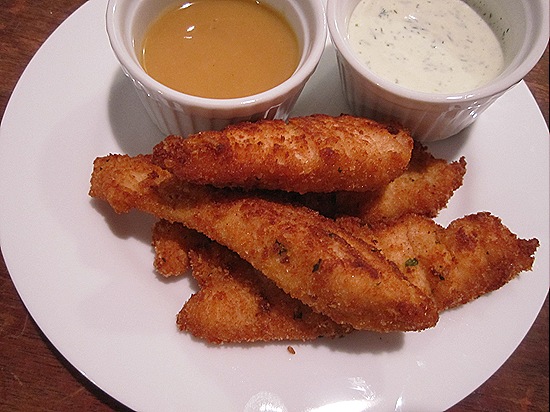 4 boneless, skinless chicken breasts kosher salt & freshly ground black pepper, as needed 1 1/2 cups flour 3 large eggs 2 Tbl water 1 1/2 cups seasoned bread crumbs 1 cup finely grated Parmesan cheese vegetable or canola oil, as needed Slice the chicken, length-wise but at a slight angle, into 4-5 strips of roughly 1 inch wide. Assemble a breading assembly line: In one medium-sized container, place the flour. Add the eggs and water to a second container and whisk to combine. In a third container, add the bread crumbs & grated Parmesan and mix to combine. Pat dry the chicken strips with paper towels. Season all sides liberally with salt and pepper. Working one at a time, place the chicken strip into the first container and coat thoroughly with flour. Shake off excess flour. Move the strip to the second container and coat thoroughly with egg mixture. Shake off excess egg. Place the strip in the third container and coat thoroughly with breadcrumb-Parmesan mixture. Shake off excess crumbs. Place the breaded chicken strip on a wire cooling rack placed over a sheet pan. Follow same procedure for the rest of the sliced chicken strips. All of this can be done earlier in the day, and the breaded chicken kept in the refrigerator until ready for cooking. (The breading actually sticks better, if it’s given a bit of time to rest. Pour vegetable oil into a large straight-sided pan, enough so that the oil reaches about a half-inch height. Heat over medium heat for about 3-5 minutes. Test the temperature of the cooking oil mixture by dropping in a single bread crumb. If it sizzles violently and burns right away, it’s too hot. If it doesn’t sizzle at all, it’s not hot enough. You want a medium sizzle. When your cooking oil is just about right, slowly lower chicken strips, working a few at a time, into the hot oil. Cook the first side until golden and crisp, about two minutes. Flip using a metal spatula, and cook until the opposite side is golden and crispy as well, and the chicken is cooked through, about two-three minutes more. Remove to a sheet pan covered with a couple layers of paper towel, and continue with the rest of the chicken strips. Serve hot with dipping sauces, including ranch dressing, honey mustard, hot sauce, ketchup or Sriracha. |
| ‘Hostess’ Cupcakes Cake recipe adapted from Chocolate Obsession by Michael Recchiuiti & Fran Gage White Frosting recipe adapted from AllRecipes.com Makes 12 cupcakes 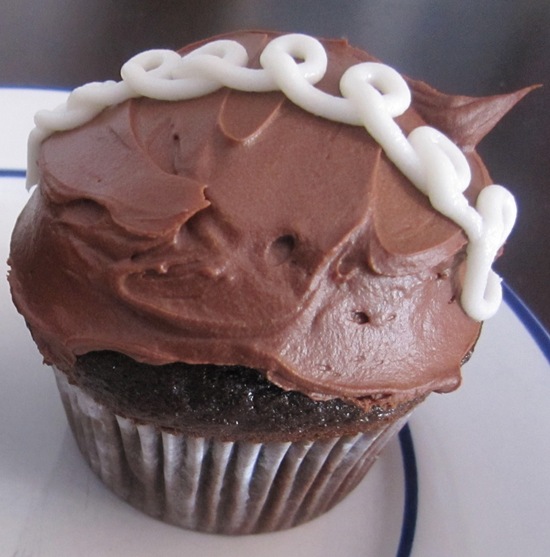 For the cake: 1 cup all purpose flour 1/2 cup unsweetened cocoa powder 1 tsp kosher salt 1/2 tsp baking powder 1/2 tsp baking soda 1 cup sugar 1 extra-large egg * 1/2 cup whole milk 1/4 cup vegetable oil 1/2 tsp vanilla extract 1 Tbl instant espresso powder, dissolved in 1/2 cup boiling water Preheat the oven to 325°F with the rack in the middle. Fill a cupcake pan with twelve liners. Combine the flour, cocoa powder, salt, baking powder, baking soda and sugar in a large mixing bowl. Whisk by hand to thoroughly combine. In a medium mixing bowl, combine the egg, milk, oil, vanilla extract and espresso/water mixture. Whisk by hand to combine. Pour this mixture over the flour mixture and stir until smooth. Pour this batter into a large measuring cup or a small pitcher, or anything with a spout. Pour the batter evenly into the cupcake liners, filling each about 2/3 full. Bake until puffed and springy, about 15-20 minutes. Remove the pan from the oven, then using a butter knife to lift the cupcakes, remove the cupcakes from the pan and cool on the wire rack to room temperature. * I most always find myself with only large eggs on hand, which can make for a sticky situation here. Rather than using one large egg, which would be too little, or using two large eggs, which would be too much, I try to use one and a half eggs. It sounds a bit sketchy, I know, and there’s no exact science to cutting an egg in half, but just try your best. It’s not the end of the world if you just want to use two large eggs in place of the one extra-large egg. But I always like the challenge of splitting the egg :). For the white frosting: 2 Tbl butter, room temperature 2 Tbl shortening, room temperature 1 cup powdered sugar 1 Tbl water 1/4 tsp vanilla 1/2 tsp kosher salt 1 Tbl light corn syrup Wait until the cupcakes are room temperature before starting the frosting. Add the room temperature butter and shortening to the bowl of a stand mixer. (I can’t tell you how important it is that these are room temperature!) Mix on high until well blended and creamy, about two minutes. Add the powdered sugar, water, vanilla, salt and corn syrup. Beat on low speed to combine, then beat on high for five minutes until very fluffy. Scoop the frosting into a pastry bag fitted with a medium-sized pointy tip. Stick the tip into the top center of each cupcake and squeeze to fill the cupcakes with about a tablespoon or so of frosting. It’s hard to tell for sure how much frosting gets in there, but I usually squeeze it until the top of the cupcake just begins to crack. Reserve the rest of the icing in the pastry bag, for the squiggle on top. 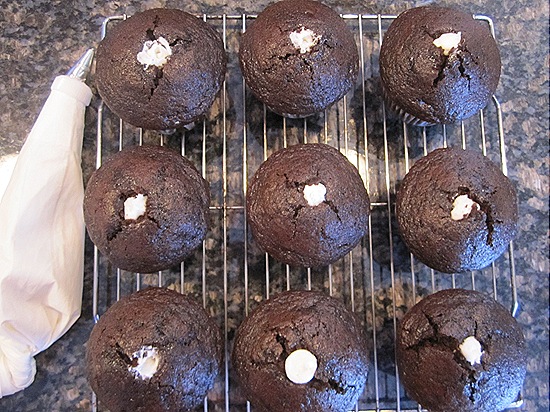 For the chocolate frosting: 1 cup heavy cream 1 tsp instant espresso powder 1/2 tsp kosher salt 8 oz semi-sweet chocolate chips Combine the cream, espresso powder and salt in a small sauce pot and bring to a boil over medium-high heat. Place the chocolate chips in a medium mixing bowl. When the cream boils, remove it from the heat and pour it into the mixing bowl over the chocolate. Cover the bowl with plastic wrap and allow it set for about 3-5 minutes, until the chocolate melts. Mix with a rubber spatula, stirring until smooth. (At this point, the mixture looks a little too thin for frosting, but once you frost the cupcakes, it will stiffen up almost immediately.) Liberally frost the cupcakes with the chocolate frosting. Change the tip on the pastry bag to a smaller circular hole tip, then pipe the white frosting in a squiggle pattern across the center top of the cupcake. Keep at room temperature, in an air-tight container until ready to serve. These are best served the day they are made. |
